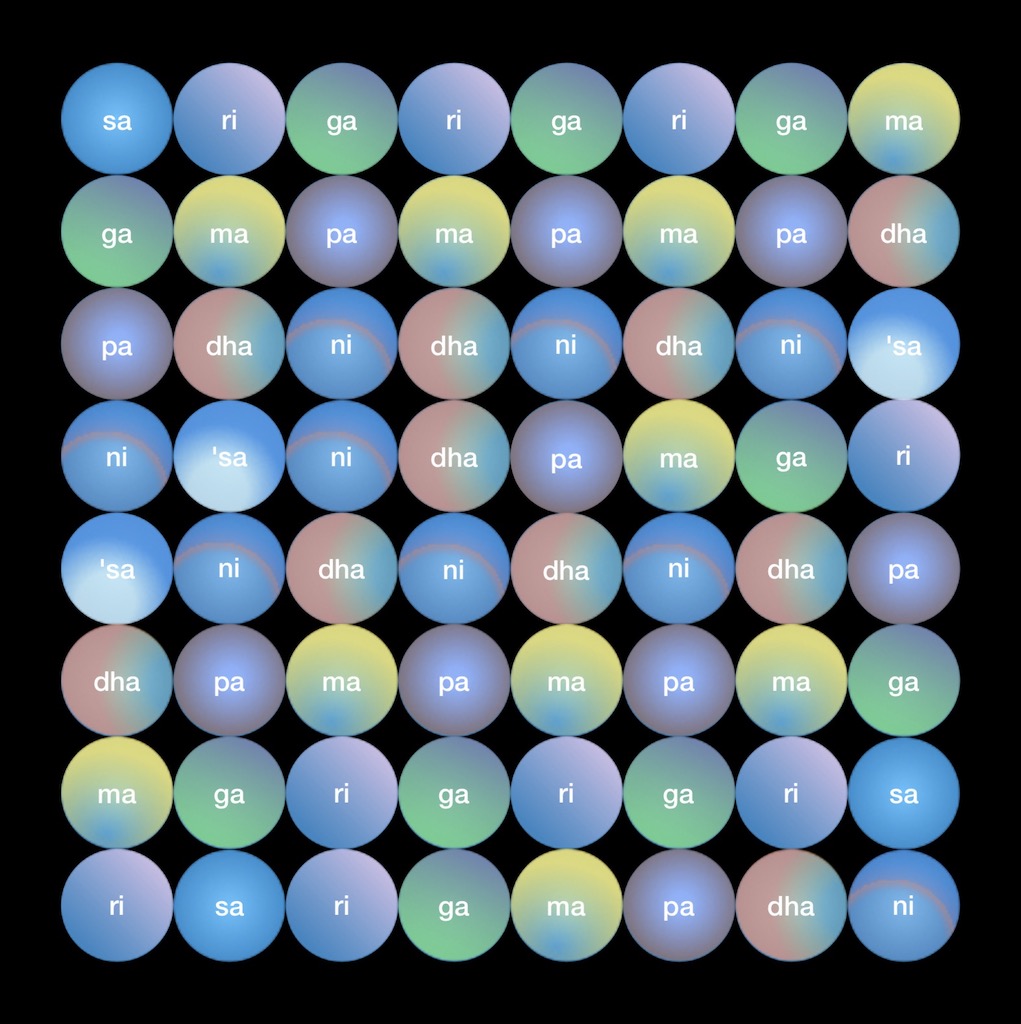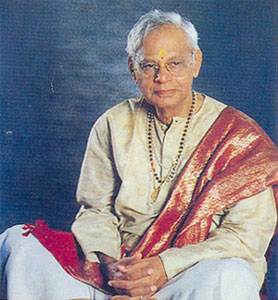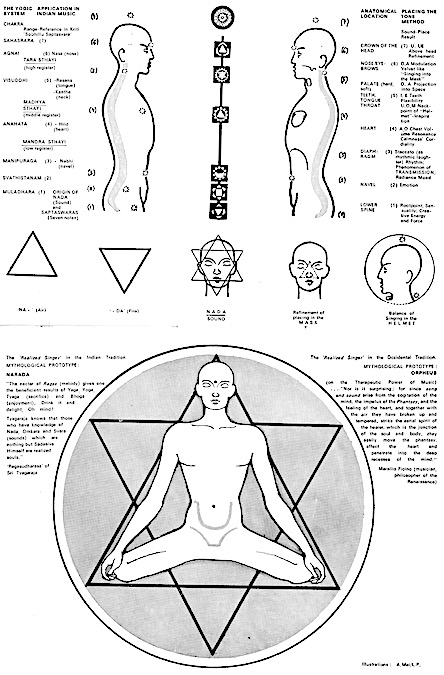By S. Sankaranarayanan in Sruti (1998) | Excerpts that remain relevant today:
Observations on the teaching of music at the Rotterdam Conservatory, Holland:
Along with theory and history of music, the students [at the Rotterdam Conservatory] also acquire knowledge of ancillary aspects such as voice modulation and the reading and writing of notation. However, weightage is given to performing competence. […] As a means of widening their musical horizons, the students are encouraged to have exposure to other systems of music as well. […] Training in teaching methods is also imparted to the students so that they can become good teachers.
Along with music, the students are given a wide ranging and comprehensive liberal education so that, at the end of the course, they become not only competent musicians and/or teachers but informed citizens as well.
Dr. Suvarnalata Rao, Research Scientist at the National Centre for the Performing Arts (Mumbai)
Role of Research in Music Education
The lakshya sampradaya of music which is passed from guru to sishya gets altered when music is performed in a recital. This happens because of the elements of ‘entertainment’, such as indulgence in virtuosity or novelty for its own sake, and playing to the gallery. Because many performers also happen to be teachers, such changes, subtle and not so subtle, that creep into the recitals also influence the teaching, including the course content of contemporary music education. Only a researcher can observe and point out such deviation s to the artists, as no performer can be his own critic unless he has a bent for research which is rather rare. It is for the practitioners either to accept or not to accept the researcher’s findings. However, to be effective, a researcher (and for that matter, a musicologist or critic too) should be be able to perform, though not necessarily as a concert performer; otherwise his opinion would carry little weight.
[Commentary by S. Sankaranarayanan: It should, however, be remembered that, firstly, theory is not an unalterable entity and, secondly, theory itself is a codification of practices, though quite often it is one generation behind the latter. Fortunately, music has an admirable tradition of accomodating change].
Dr. N. Ramanathan, [former] Head of the Department of Indian Music at the University of Madras
Read the full report: https://sruti.com/articles/spotlight/teaching-of-indian-music >>
“Children should grow with joy, courage and freedom and a discipline born out of these attributes. The fundamental principle is joy, suggestion must be the method, the emphasis should be on the imaginative and creative experience of music and teaching should follow a “flow-form-flow” spiral.
VV Sadagopan was clearly in favour of lakshya (aesthetic perception) over lakshana (intellectual abstraction) at school, college or university.” – T.K. Venkatasubramanian in “VV Sadagopan – An educator with a mission”, Sruti Magazine >>
More resources | Disclaimer >>




